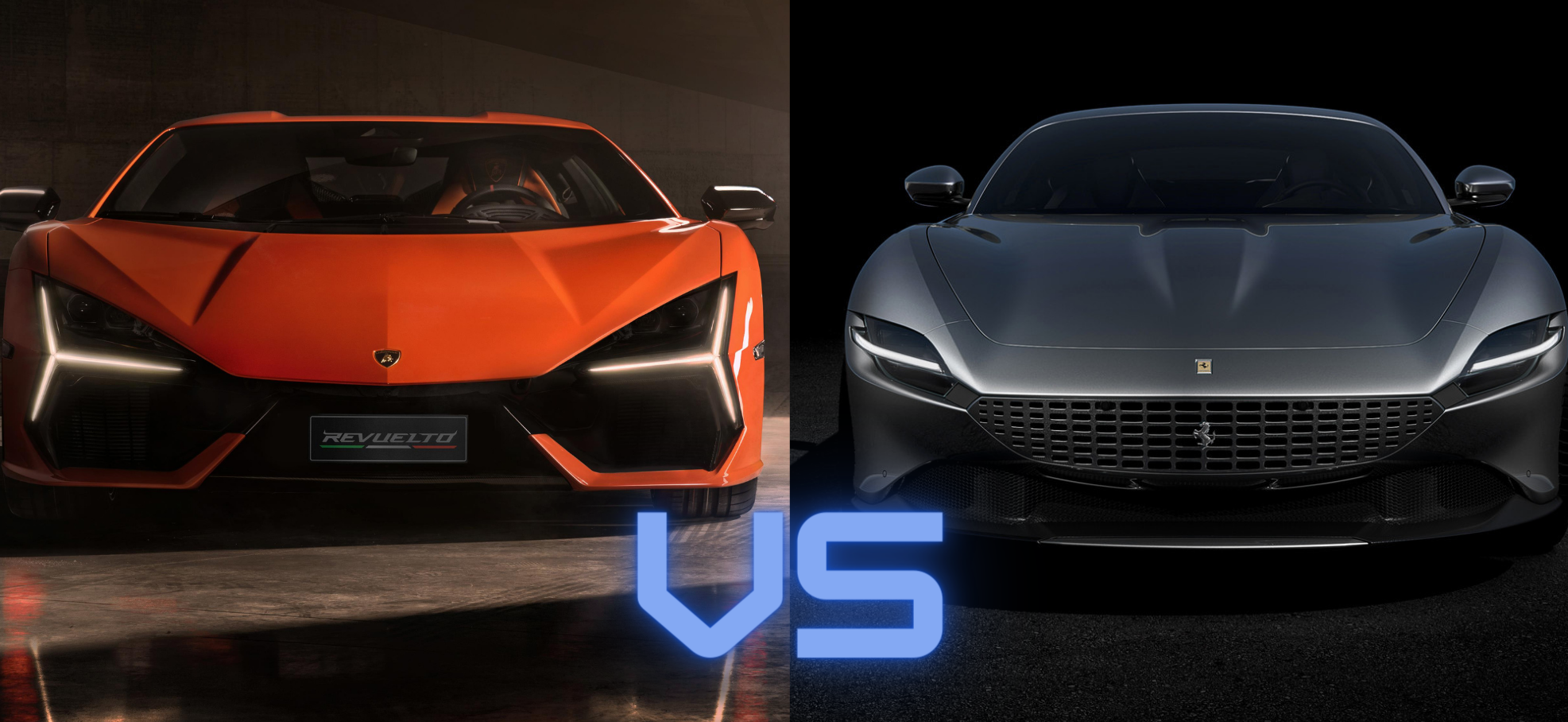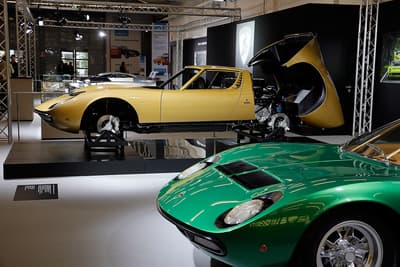The rivalry between Lamborghini and Ferrari is not merely a contest of speed and luxury but a grand narrative of passion, innovation, and relentless pursuit of automotive perfection. These two Italian giants, born out of distinct visions and extraordinary circumstances, have come to define the zenith of the supercar world. Their story is one of fierce competition, groundbreaking advancements, and the relentless pursuit of excellence, capturing the imaginations of car enthusiasts and industry experts alike.
Lamborghini, with its origins rooted in the ambitions of an industrious tractor manufacturer, emerged as a bold challenger to the established norms of luxury car design. Ferruccio Lamborghini’s vision was to create cars that were not just fast but also embodied luxury and comfort, coupled with striking aesthetics. This vision created some of the most iconic and revolutionary designs in automotive history.
In contrast, Ferrari’s lineage can be traced back to the racing world. Enzo Ferrari’s passion for motorsport and relentless drive for performance excellence laid the foundation for a brand synonymous with speed, precision, and Italian craftsmanship. Ferrari’s cars are not just vehicles but are seen as art pieces, combining aesthetic beauty with cutting-edge technology derived from its rich racing heritage.
Lamborghini vs Ferrari Story: A Tale of Performance and Prestige
| Comparison | Ferrari | Lamborghini |
| Founder | Enzo Ferrari | Ferruccio Lamborghini |
| Headquarters | Maranello, Italy | Sant’Agata Bolognese, Italy |
| Founded In | 1947 | 1963 |
| First Vehicle Produced | 1947 | 1964 |
| Fastest Production Model | Ferrari LaFerrari | Lamborghini Aventador |
| Top Speed | 218 mph | 217 mph |
| Fastest 0-60 mph time | 2.4s (LaFerrari) | 2.9s (Aventador) |
Ferrari History and Timeline
- 1947: Ferrari launches its first car, the Ferrari 125 S, marking the beginning of the Ferrari brand. Founded by Enzo Ferrari, the company is set on creating high-performance racing cars.
- 1950s-60s: Ferrari gains prominence in motorsport, particularly in Formula One, where it becomes a dominant force. Cars like the 250 GTO (1962) become symbols of racing excellence and luxury.
- 1969: Ferrari becomes a publicly traded company, with Fiat taking a 50% stake. This partnership helps stabilize Ferrari’s financials while maintaining its distinctive character.
- 1987: The Ferrari F40 is introduced, celebrating the company’s 40th anniversary. It’s the last car commissioned by Enzo Ferrari before his death and becomes one of the most legendary models produced by Ferrari.
- 1996: The Ferrari 550 Maranello marks a return to front-engined, V12 grand tourers, embodying the company’s heritage of combining luxurious style with high performance.
- 2002: The Ferrari Enzo, named after the founder, is unveiled. It incorporates technology from Ferrari’s F1 cars and represents the pinnacle of the brand’s performance capabilities at the time.
- 2013: Ferrari introduces LaFerrari, its first hybrid supercar. It represents a major technological leap, combining electric power with a V12 engine for unprecedented performance.
- 2020: Amidst global challenges, Ferrari continues to innovate, revealing the SF90 Stradale, its first plug-in hybrid and one of the most powerful Ferrari models ever produced.
Ferrari was born from the vision of a man named Enzo Ferrari, a passionate motorsport enthusiast who embarked on his journey in the automotive industry in 1939. Enzo Ferrari’s racing passion ignited his ambition to build racing cars that would dominate the racetrack. The company started out as Auto Avio Costruzioni and operated out of the facilities of the then-defunct racing team Scuderia Ferrari. It wasn’t until after World War II, in 1947, that the first car bearing the Ferrari name, the 125 S, came to life. With its powerful 12-cylinder engine, it marked the beginning of the illustrious Ferrari era. The prancing horse, the symbol we now associate with Ferrari, was adopted from Italian World War I flying ace Francesco Baracca’s fighter plane as a symbol of good luck.
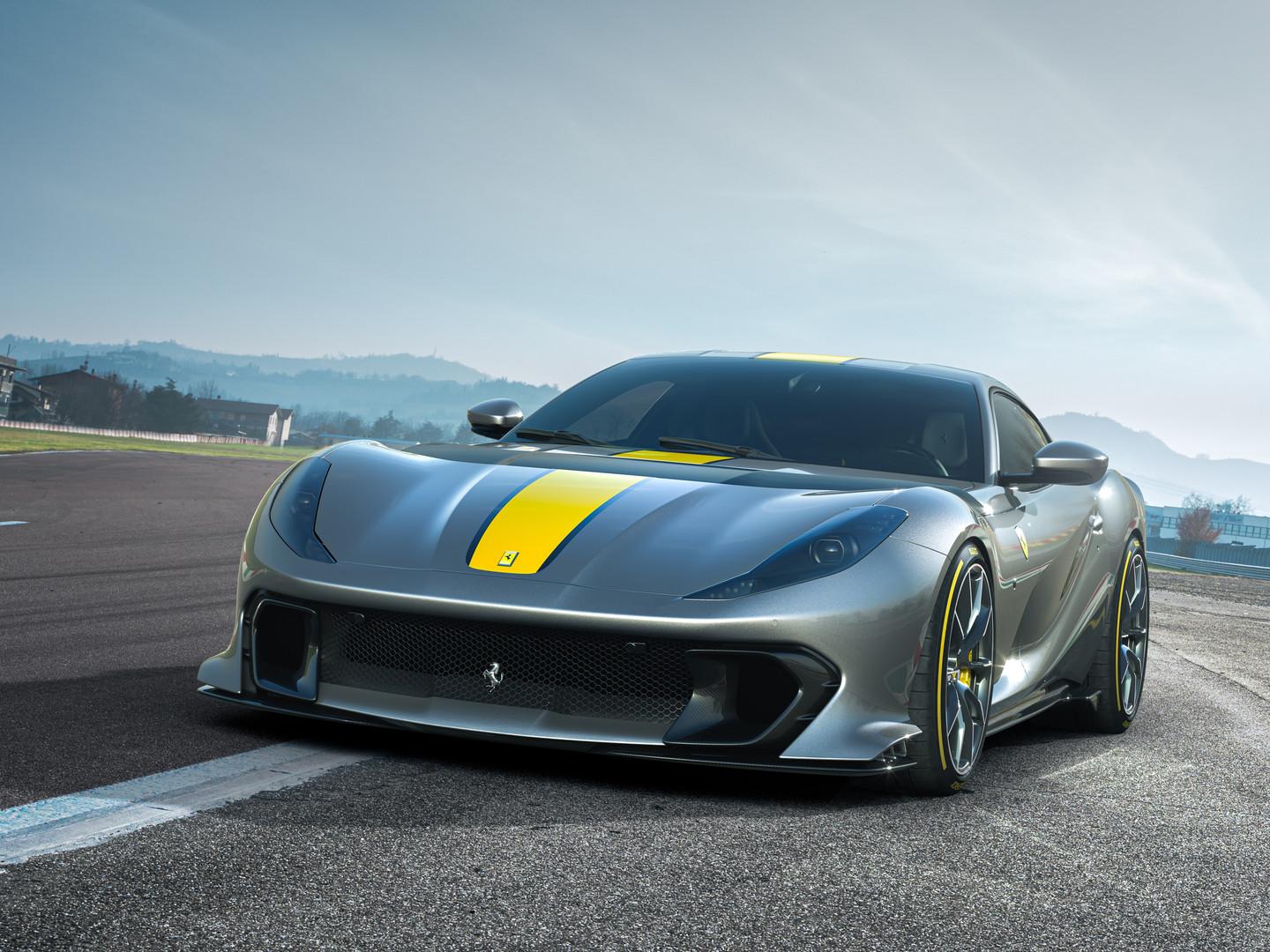
The Ferrari brand grew in prominence in the following years, especially within the realm of Formula 1 racing, where they boasted an impressive array of victories. The company maintained a steady focus on racing and was almost single-minded in this pursuit, making it an integral part of its brand identity. Enzo Ferrari was once quoted as saying, “I build engines and attach wheels to them,” illustrating his obsession with performance and speed.
Lamborghini History and Timeline
- 1963: Automobili Lamborghini is founded by Ferruccio Lamborghini in Sant’Agata Bolognese, Italy. His ambition is to create grand touring cars to compete with established marques like Ferrari.
- 1964: The Lamborghini 350 GT, the company’s first production model, debuts. Its success leads to the development of more models.
- 1966: The Lamborghini Miura is introduced, a revolutionary mid-engine sports car that establishes Lamborghini as a major player in the high-performance car market.
- 1974: The Lamborghini Countach is unveiled. With its bold, angular design and scissor doors, it becomes an icon of automotive design and cements Lamborghini’s reputation for creating audacious supercars.
- 1980s: Lamborghini faces financial difficulties. Despite this, it continues to innovate, introducing models like the Jalpa and the LM002, Lamborghini’s first SUV.
- 1998: Lamborghini is acquired by the Volkswagen Group and placed under the Audi division, leading to significant investment and stabilization.
- 2001: The Lamborghini Murciélago is released, the first new model under Audi’s ownership, showcasing advanced technology and performance.
- 2011: The Aventador is launched, succeeding the Murciélago as the new flagship model, featuring a carbon-fiber monocoque and a new V12 engine.
- 2014: The Huracán replaces the Gallardo, becoming Lamborghini’s best-selling model.
Lamborghini’s history, on the other hand, began on a much different note. Founded by Ferruccio Lamborghini in 1963, Lamborghini’s inception came out of Ferruccio’s personal dissatisfaction with a Ferrari he had purchased. A successful businessman who had amassed wealth from his tractor-manufacturing business, Lamborghini Automobili, Ferruccio was an avid car enthusiast. When he found issues with the clutch on his Ferrari 250 GT, he decided to approach Enzo Ferrari with his concerns. According to the tale, Enzo dismissed Ferruccio’s complaints, stating that a tractor manufacturer had no business critiquing a high-performance car.
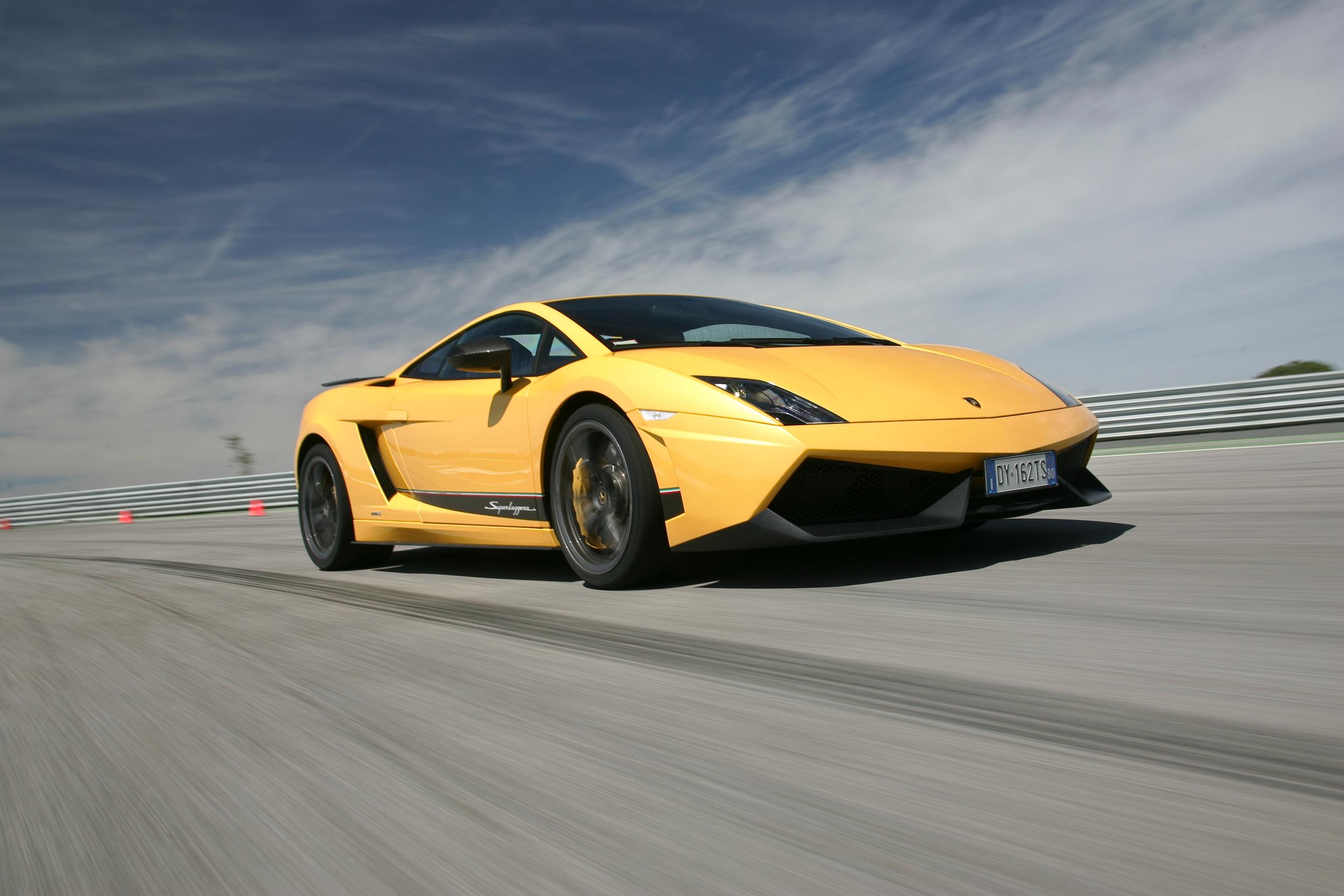
This dismissal did not sit well with Ferruccio Lamborghini. He took it upon himself to address the issues he found in his Ferrari, using a clutch from one of his tractors. The result was an improved performance, much to his satisfaction. This incident sparked a rivalry that would fuel the automotive industry for decades to come. Lamborghini was born out of a desire to outdo Ferrari, with Ferruccio aiming to create a refined grand touring car that would surpass Ferrari’s offerings in terms of comfort and performance. This rivalry is still vibrant today, as both companies continually strive to outdo each other in various aspects of supercar manufacturing.
Lamborghini Vs Ferrari: Design Philosophies
Summary: Ferrari and Lamborghini, through their distinct design philosophies, offer more than just high-performance vehicles; they offer a statement. Ferrari’s designs speak of elegance, efficiency, and a deep connection to its racing roots. Lamborghini, on the other hand, is all about making bold statements, with designs that are as much about visual impact as they are about performance. These philosophies not only reflect the brands’ histories and visions but also define the unique appeal they hold for enthusiasts around the world.
Ferrari’s design philosophy is a direct reflection of its rich motorsport heritage. It’s rooted in the belief that form should follow function, with every curve, line, and angle designed with a purpose. They prioritize aerodynamics, lightweight materials, and a driver-focused design that harks back to their Formula 1 origins. When you observe a Ferrari, you’ll notice a long hood, a sloping roofline, and a short rear deck. This isn’t merely for aesthetic appeal; it’s a design that promotes balance and stability, ensuring the car’s performance is optimized at high speeds.
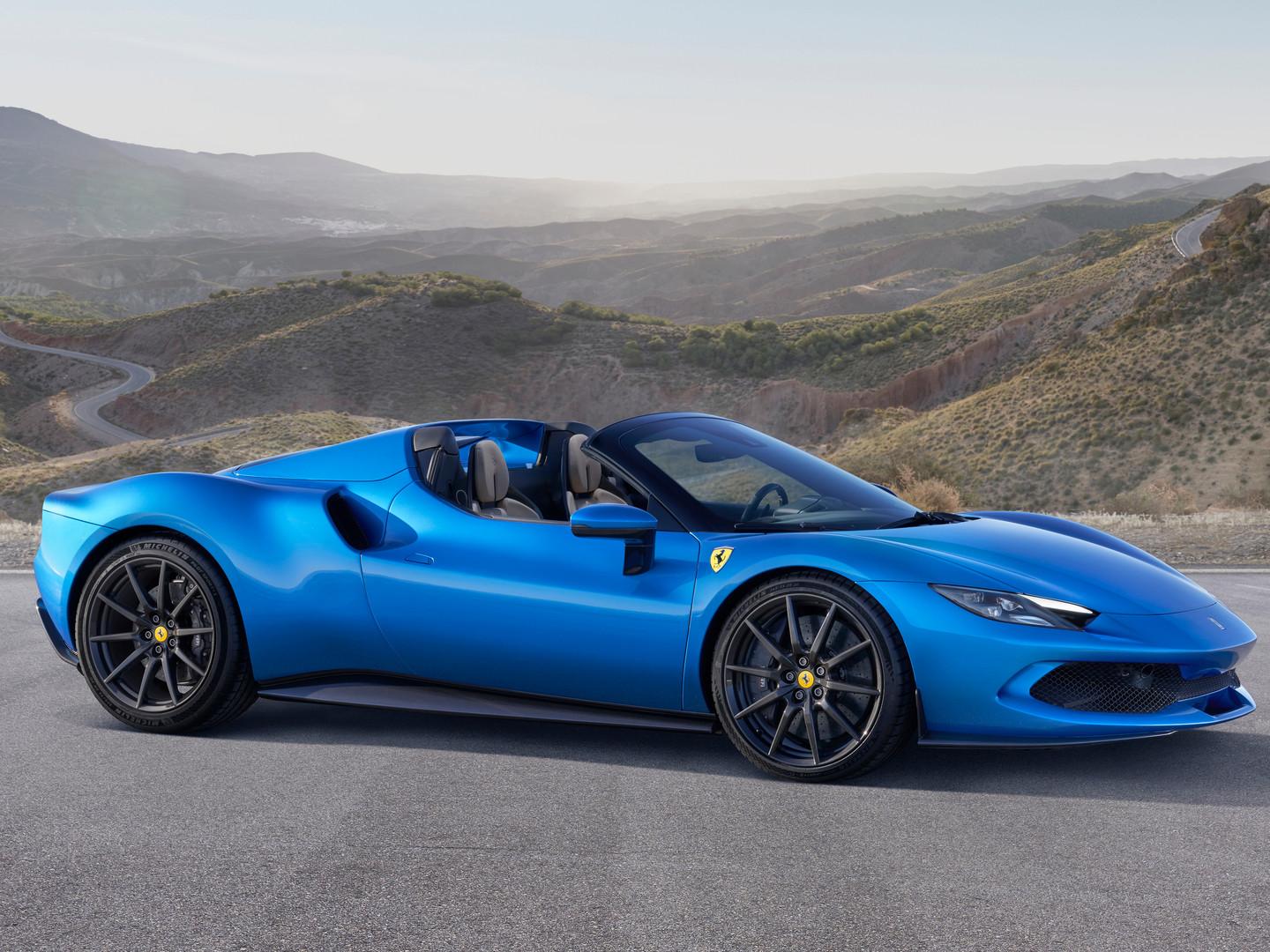
Inside a Ferrari, you’ll find a cockpit designed with the driver in mind. It mirrors the minimalism found in a racing car, offering only essential elements to the driver. All controls are within the driver’s easy reach, emphasizing the car’s focus on providing an optimal driving experience. The interiors are adorned with high-quality materials, reminding you of the luxury that comes with this high-performance package. Ferrari’s collaboration with Italian design firm Pininfarina has further shaped the aesthetic and functional design of their cars. Over the decades, this collaboration has resulted in some of the most iconic car designs in history, such as the Ferrari F40 and the Enzo Ferrari.
Aerodynamic Efficiency: Ferrari’s designs prioritize aerodynamic efficiency. The company invests heavily in aerodynamic research, often using Formula One technology. This focus results in vehicles that not only look sleek but also perform exceptionally at high speeds. The bodywork of models like the LaFerrari is designed to channel airflow in a way that maximizes downforce while minimizing drag, which is crucial for stability and efficiency at high speeds.
Sleek Lines and Powerful Silhouettes: The aesthetic appeal of Ferrari is undeniable. The cars feature sleek, flowing lines that hint at speed and agility even when stationary. Models like the 458 Italia and the F8 Tributo showcase this design ethos, combining classic Ferrari styling cues with modern design elements. The powerful silhouettes of these cars are instantly recognizable and are a key aspect of the brand’s identity.
Incorporating Racing Elements: Many design elements in Ferrari road cars are inspired by their racing counterparts. Features like large air intakes, diffusers, and spoiler wings are not just aesthetic choices but functional elements that enhance performance. This direct translation from track to road ensures that Ferrari’s road cars offer an experience close to that of a racing car.
Focus on Performance and Driver Experience: Above all, Ferrari’s design philosophy puts a premium on the driving experience. The interiors are designed to be driver-centric, with intuitive layouts and controls. Materials like carbon fiber and Alcantara are used extensively, providing a balance between luxury and functional performance. The seating position, steering wheel design, and even the sound of the engine are all carefully considered to provide an immersive and exhilarating driving experience.
Lamborghini Design Philosophies
Lamborghini’s design philosophy stands in stark contrast to Ferrari’s. Known for their aggressive and bold design language, Lamborghinis are cars that want to be noticed. Their design philosophy is built around the concept of ‘functionally extravagant.’ With razor-sharp lines, geometric shapes, and dramatic proportions, Lamborghinis embody a sense of power and audacity. They’re wider, featuring a broad and low stance that gives them an imposing presence on the road, reflecting the brand’s intent to create cars that command attention.
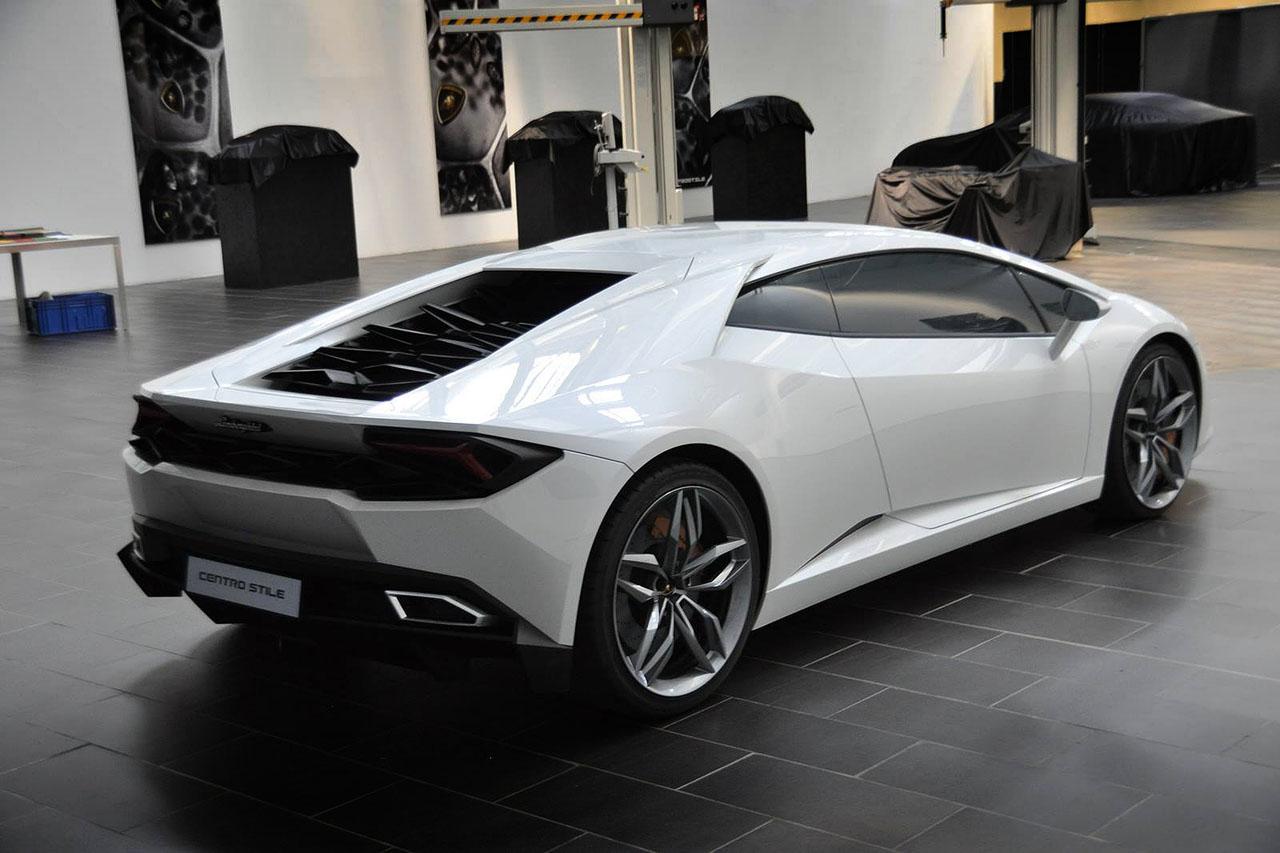
Internally, Lamborghinis are a blend of luxury and futuristic design. The cabins are plush, adorned with the finest materials, and packed with modern technological features. The controls resemble those of a fighter jet, adding to the excitement of the driving experience. These interiors reflect Lamborghini’s intent to provide not just a high-performance machine but a luxurious experience that stimulates all senses. This audacious approach to design is what sets Lamborghini apart, enabling them to create some of the most extraordinary and recognizable cars in the world, like the Lamborghini Countach and the Lamborghini Aventador.
Sharp Angles and Dramatic Proportions: Lamborghini models are known for their sharp, angular lines, which create a sense of motion and aggression. The use of scissor doors, a trademark feature since the Countach, adds to the dramatic impact. The cars often have a low, wide stance, with pronounced wheel arches and large air intakes, contributing to their aggressive and powerful appearance.
Aggressive Stance: The stance of a Lamborghini is part of its visual identity. The cars sit low to the ground, giving them a predatory look, ready to leap forward. This is not just a stylistic choice but also enhances the car’s aerodynamics and performance.
Emphasizing Style as Much as Performance: While performance is a key aspect of Lamborghini’s ethos, style plays an equally important role. The interiors of Lamborghini cars are as extravagant as their exteriors, with a focus on luxury materials and cutting-edge design. Models like the Huracán and Urus showcase this blend of high performance and high style with state-of-the-art technology and craftsmanship.
Lamborghini Vs Ferrari: Car Models and Performance
Summary: Lamborghini’s approach can be characterized as creating vehicles that are as much a spectacle as they are high-performance machines. They prioritize making a bold statement, both in terms of design and performance. Ferrari, on the other hand, focuses on the overall driving experience, combining power with precision, agility, and a deep connection to its racing roots.
Both Lamborghini and Ferrari have succeeded in pushing the boundaries of what is possible in a supercar. They have continuously evolved, incorporating advanced technologies and innovative design solutions to create vehicles that not only achieve remarkable performance metrics but also provide distinct driving experiences reflective of their brand ethos. This divergence in philosophy is what makes the comparison of these two legendary marques so fascinating. It is a key element in their enduring appeal and success in the realm of high-performance automobiles.
Lamborghini Aventador:
Raw Power: The Aventador epitomizes Lamborghini’s emphasis on raw power. Equipped with a naturally aspirated V12 engine, it delivers breathtaking acceleration and top speeds.
Advanced Technology: The Aventador features advanced technology like its ISR (Independent Shifting Rods) transmission and pushrod suspension, enhancing its performance credentials.
Aerodynamics and Design: The striking design is not just aesthetic; it’s functional, with aerodynamics playing a key role in its performance. Active aerodynamic systems like the ALA (Aerodinamica Lamborghini Attiva) on the Aventador SVJ adapt to driving conditions for optimal performance.
Lamborghini Huracán:
Versatility in Performance: The Huracán offers a more accessible entry into the Lamborghini world, balancing raw power with everyday drivability. It’s equipped with a V10 engine that provides a thrilling driving experience.
Innovative Features: Features like the ANIMA (Adaptive Network Intelligence Management) system allow drivers to tailor the car’s behavior to different driving conditions, showcasing Lamborghini’s commitment to innovative performance solutions.
Ferrari’s Performance Approach
Ferrari 812 Superfast:
Balanced Power and Precision: The 812 Superfast, with its front-mounted V12 engine, is a testament to Ferrari’s ability to blend power with precision. It offers a harmonious balance of high-speed performance and handling finesse.
Engineering Excellence: Ferrari’s engineering expertise is evident in the 812’s mechanical and aerodynamic design. The car features advanced aerodynamics, including active flaps at the front to reduce drag and improve downforce.
Driver-Centric Experience: Ferrari places a strong emphasis on the driving experience. The 812’s steering, suspension, and electronic systems are fine-tuned to provide an engaging and responsive driver. While Lamborghini and Ferrari share the common goal of creating high-performance vehicles, their approaches to achieving this goal are distinctively different, reflecting their unique brand philosophies and histories.
Lamborghini’s Emphasis on Theatricality and Power
Technological Innovations: Lamborghini continuously integrates new technologies to enhance the performance of its models. For instance, the use of carbon fiber in the construction of vehicles like the Aventador significantly reduces weight, enhancing speed and agility.
Emphasis on Sensation: Driving a Lamborghini, especially models like the Huracán, is not just about the physical performance metrics but also about the sensation it delivers. The roar of the engine, the aggressive styling, and the sheer acceleration create an immersive experience that is as much emotional as it is physical.
Track Performance vs. Road Presence
While Lamborghinis are undoubtedly capable on the track, they are also designed with a strong emphasis on road presence. The dramatic styling and the visceral sound of the engine make these cars as much about being seen as they are about performance.
Ferrari’s Pursuit of Harmonious Performance
Synergy Between Driver and Machine: Ferrari’s design philosophy extends into its performance ethos, aiming for a synergy between driver and machine. This is evident in the 812 Superfast, where the driver is at the center of the experience, with every element designed to enhance driver engagement and performance.
Racing DNA: Ferrari’s long-standing involvement in motorsport directly influences its road cars. The SF90 Stradale, for instance, benefits from the brand’s extensive experience in Formula One, both in terms of its hybrid powertrain and its aerodynamic design.
Innovative Drivetrain Solutions: Ferrari’s exploration of hybrid technology in models like the SF90 Stradale illustrates its commitment to evolving its performance capabilities while adhering to increasing environmental concerns. This approach demonstrates a forward-thinking attitude in high-performance car manufacturing.
The Long-Standing Rivalry: Lamborghini vs Ferrari
The rivalry between Lamborghini and Ferrari transcends the typical corporate competition. It is a fascinating clash of philosophies, histories, and design ideologies, deeply rooted in the personal narratives and ambitions of their founders, Ferruccio Lamborghini and Enzo Ferrari. This rivalry, steeped in passion and personal pride, has evolved over decades into a relentless quest for automotive perfection, profoundly influencing the direction of the high-performance car industry.
Origins in Personal Feud
The story goes that Ferruccio Lamborghini, having achieved success in the tractor business, was a customer of Ferrari and had certain criticisms about his Ferrari’s clutch. When he took his concerns to Enzo Ferrari, the response he received was less than favorable, leading Lamborghini to embark on his own automotive venture. This marked the beginning of a rivalry that was as much about proving a point as it was about building cars.
Divergent Philosophies and Histories
Ferrari’s Racing Pedigree:
Speed, Agility, and Craftsmanship: Ferrari has always drawn heavily from its racing background. The brand’s focus on creating vehicles that offer a balanced blend of speed, agility, and craftsmanship is evident in every model it produces. This racing DNA is more than a marketing tool; it’s a core philosophy that influences every aspect of Ferrari’s design and engineering.
Lamborghini’s Bold Challenger Spirit:
Pushing Boundaries in Design and Power: Lamborghini’s entry into the automotive world was marked by a desire to challenge the status quo. Ferruccio Lamborghini aimed to create cars that were not just powerful but also the epitome of luxury and comfort, with designs that were bold and avant-garde. This approach resulted in some of the most visually striking and powerful cars on the market.
Impact and Innovations
Over the years, this rivalry has been a catalyst for remarkable innovations in the automotive industry. Each brand, in its quest to outdo the other, has pushed the limits of what’s possible in terms of performance, design, and technology.
Technological Advancements: The competition has led to significant technological advancements. Lamborghini’s development of the Miura’s mid-engine layout, for instance, set a new standard in the industry. Ferrari’s advancements in aerodynamics and hybrid technology have also been groundbreaking.
Design Evolution: Both manufacturers have continually evolved their design philosophies to create vehicles that are instantly recognizable and distinct. From the sharp, angular lines of Lamborghini’s Countach to the sleek, flowing silhouette of Ferrari’s 458, their influence on automotive design is undeniable.
Consumer Benefit
This rivalry has been immensely beneficial for consumers and car enthusiasts. It has offered a spectrum of choices that range from the refined, race-bred poise and elegance of Ferrari to the raw, unapologetic power and daring designs of Lamborghini.
Driving Experience: Ferrari offers a driving experience that is deeply connected to its racing heritage, combining high-speed performance with precision and driver engagement. Lamborghini, with its emphasis on dramatic styling and overwhelming power, offers a more visceral and emotive driving experience.
Brand Identity and Loyalty: The rivalry has also cultivated strong brand identities and loyal customer bases. Enthusiasts often find themselves drawn to the ethos of one brand over the other, creating a passionate and dedicated following.
Conclusion
The Lamborghini versus Ferrari rivalry is more than just a competitive business narrative; it’s a story of passion, innovation, and personal ambition. It has shaped the course of automotive history, leading to the creation of some of the most extraordinary vehicles ever conceived. As this rivalry continues, it promises to keep pushing the boundaries of automotive excellence, much to the delight of car enthusiasts around the world.

